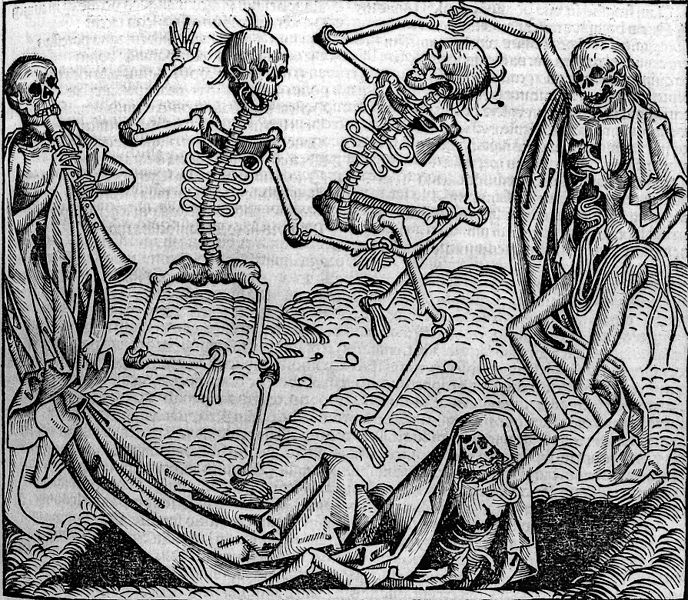
The Black Death of 1348 killed at least a third of Europe's population in few years. Considered to be one of the most devastating epidemics in human history, the bubonic plague was supposedly carried by rat fleas living on black rats. Now, denying the whole notion surrounding the cause of plague, a new study suggests that lice and fleas carried by humans might have been the cause for the spread of the plague, that killed millions of people across Europe in the Middle Ages.
Oslo University researchers created a mathematical model to study how people would have died if rats carried the infected fleas. Death rates in nine cities, including London, did not match their calculations.
If fleas were responsible for the spread of the epidemic, a few would have died in the first stage of the spread. The death rate would gradually rise as the plague-infected rats carrying the fleas died off and their parasites moved on to the humans. However, death records show that those who restrained themselves from bathing regularly might have triggered the spread. When the plague struck Europe in 1346, most people had their own body lice and fleas as they used to hardly bathe.
Boris Schmid, computational biologist from the center for Ecological and Evolutionary Synthesis at the University of Oslo said that human ectoparasites or body lice and fleas was the main reason behind the plague spread and apparently such was the case in seven out of nine medieval cities.
"Even assuming one rat for every person in medieval cities, which was probably 10 times the actual number of rats, the death rates did not fit," he added, as reported by Daily Mail.
Researchers state that rats were not that common in northern Europe and that even if fleas were responsible for the spread, it would not have spread rapidly. Norwegian researchers built a mathematical model to study the human fleas and lice and saw that the death rates recorded in government articles and papers were similar to their graph of mortality rates.
Reasons behind the rapid spread, according to the researchers, could have been many. They claim that people sharing the same bed might have been bitten by the same lice and fleas. Professor Mark Bailey, historian and Black Death expert from the University of East Anglia, said that the research by Oslo University researchers shows why and how the Black Death spread so fast and that too "at the wrong time of year". The existence of human fleas and lice clearly shows why the disease spread rapidly.
The study has been published in the journal Proceedings of the National Academy of Sciences.









